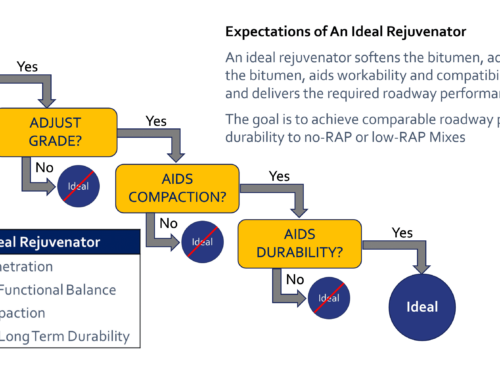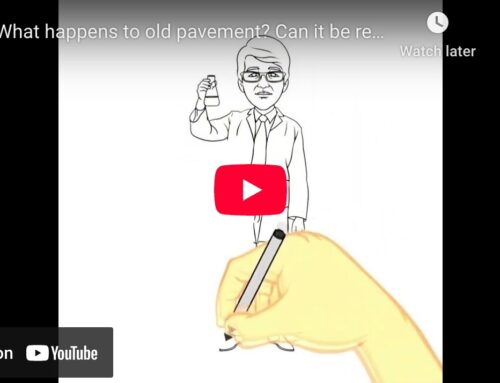TRANSCRIPT:
Asphalt mix design engineers are facing challenges in balancing requirements for roadway durability, sustainability, and cost.
Using balanced mix design, or BMD, shifts the focus from volumetric properties to performance testing. This can help engineers optimize resistance to rutting, cracking, aging, and fatigue while also potentially reducing costs and leveraging eco-friendly solutions such as reclaimed asphalt pavement and warm mix asphalt technology.
The U.S. Department of Transportation Federal Highway Administration offers a helpful eight-step framework for BMD implementation.
First, Motivate Teams. Project leaders should show how BMD leads to longer-lasting, better-performing roads.
Second, Plan Benchmarks. Setting clear goals and learning from others who’ve successfully transitioned to BMD can streamline processes.
Third, Select Performance Tests. These can include Hamburg Wheel Track to assess rutting and IDEAL-CT to evaluate cracking.
Fourth, Acquire Resources. Teams should set aside the right lab equipment in a dedicated space for specifically trained staff.
Fifth, Establish Baseline Data. Engineers can compare historical mixes to new targets to guide improvements.
Sixth, Develop Specifications. Project leaders can then define practical acceptance criteria, test methods, and sampling plans.
Seventh, Provide Training. Team can implement updated processes and certification programs to ensure compliance and consistency.
And eighth, Implement Balanced Mix Design. Teams should start with pilot projects, gather data, and scale successful practices.
Sripath is proud to support the industry with additives like ReLIXER® and PHALANX® that can be incorporated into high-performing asphalt mixes through balanced mix design.
Learn more about balanced mix design at www.sripath.com.





